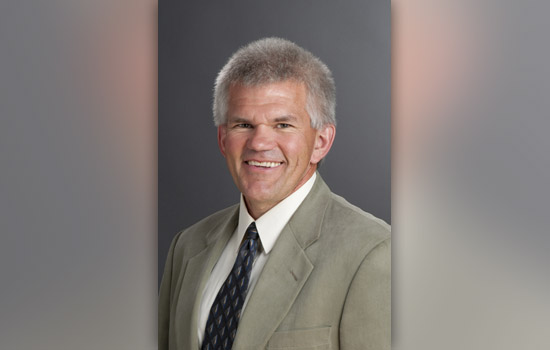Faculty Members Receive $100,000 Grant to Develop Natural Gas Engine for Hybrid Vehicles
New model would have the potential to reduce carbon dioxide emissions by 5 million tons
James Lee
Natural gas is considered a viable alternative to gasoline or diesel fuel. Yet one of the challenges, according to a team of researchers at Rochester Institute of Technology, is the lack of range for the vehicle using natural gas. To address this challenge, the team is developing a prototype for a new homogeneous charge compression engine for hybrid electric vehicles through a grant awarded by the California Energy Commission.
“The goal of the project is to build an engine, fueled by natural gas, that is more efficient and produces substantially fewer emissions, including greenhouse gases, than conventional engines,” says James Lee, assistant professor in the manufacturing and mechanical engineering technology/packaging science department in RIT’s College of Applied Science and Technology. “Possible uses for the engine include hybrid vehicles, electric generators for remote locations and emergency power, and agricultural uses such as power for irrigation pumps.”
The award, worth nearly $100,000, is part of the Energy Innovations Small Grant program. It was presented to Lee; Robert Garrick, also an assistant professor in the manufacturing and mechanical engineering technology/packaging science department; and Christopher De Minco, an adjunct instructor in the mechanical engineering department in RIT’s Kate Gleason College of Engineering.
The California Energy Commission is interested in this work because several cities in California have a serious problem with air quality caused mostly by vehicle emissions, Lee explains. Also, substantial reserves of natural gas are located in California and developing a way to use it for transportation creates a source of revenue as well as reduces the amount of money sent overseas for imported oil.
The research team estimates that up to 5 million tons of carbon dioxide can be eliminated from the air each year if just 5 percent of the drivers in California use vehicles containing the new engine. As an added incentive, drivers may be able to save up to $500 annually in fuel costs as a result of the high efficiency of the engine and the low cost of natural gas.
Starting in January, the research team began designing and building a prototype engine to demonstrate the capabilities of homogeneous charge compression technology. They will start with a small conventional engine and modify most of its moving parts and control system so it will operate using this new technology. Once the engine is modified, it will be tested for performance, efficiency and emissions.
This phase of the development will take approximately one year, says Lee. Future phases of the development will include using the test results to improve the capabilities of the prototype engine with the final goal to partner with an engine company to develop high efficiency, ultra-low emission production engine running on natural gas fuel.













